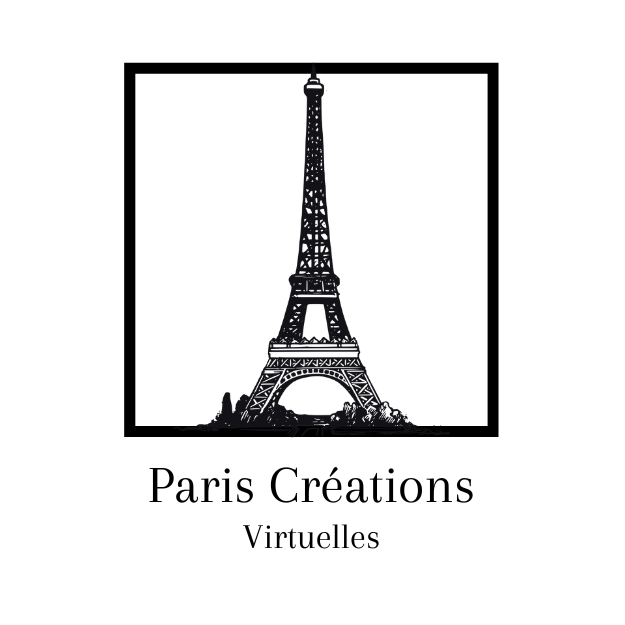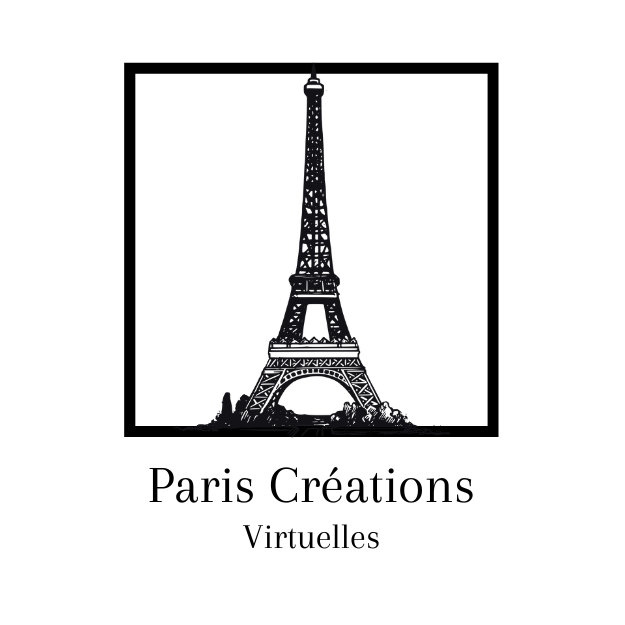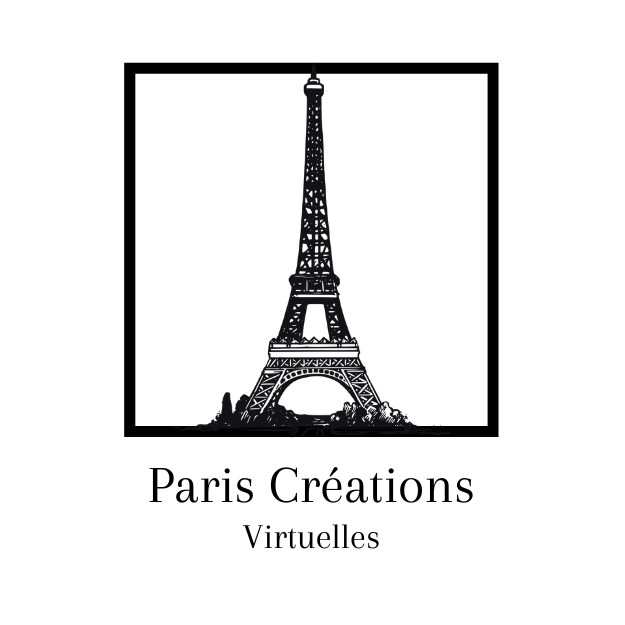The Louvre during World War II: An artistic rescue operation
When the threat of Nazi invasion became clear in 1939 , a discreet and crucial mission was mounted to protect the Louvre's art treasures. Thousands of works, including the precious Mona Lisa , were secretly moved to châteaux and secure locations across France to protect them from bombing and looting. This carefully orchestrated transfer, involving hundreds of people, saved a large part of France's heritage from destruction.

The museum staff, under the direction of curator Jacques Jaujard , played a key role in this operation. Places such as the Château de Chambord and the Château de Valençay became temporary refuges for these masterpieces. During the German occupation, the Louvre remained open but almost empty, with only copies of the major works on display.
After the war, most of the works were able to be reinstalled in the Louvre galleries, some having narrowly escaped Nazi looting. This period of history remains a symbol of cultural resistance in the face of oppression.
Discover in our online art gallery contemporary works inspired by this era, when art was protected at the risk of the men and women who were responsible for it.
During World War II , the Louvre went through a tumultuous period. As early as 1939, with the conflict imminent, the French authorities took measures to protect its treasures:
Evacuation of works:
- As soon as war was announced, a huge rescue operation was launched to evacuate the most precious works.
- The Mona Lisa , the Winged Victory of Samothrace , the Venus de Milo and hundreds of other major pieces are being removed from the Louvre.
- The works were secretly transported in trucks to chateaux and private estates across France, often in the open countryside, to avoid bombing and looting by the Nazis.
The German occupation:
- In 1940 , after the occupation of Paris, the Louvre remained under German control, but paradoxically, it was not looted thanks to the efforts of Jacques Jaujard , the director of the national museums. Jaujard, in cooperation with curators, managed to keep a large part of the evacuated works secret, even deceiving the Nazis.
- The museum is used as a repository for art looted by the Germans, including those from Jewish families and private collections.
After the war:
- In 1945, at the end of the conflict, the hidden works were gradually brought back to the Louvre, and an immense restitution effort was undertaken to return the works stolen by the Nazis to their rightful owners.
Symbolism:
- This period shows the resilience and importance of cultural heritage in times of war. The Louvre, although silent during the occupation, continued to protect and preserve the world's artistic heritage.
Our artists
-

Corinne Foucouin
Passionate about colors since childhood, which fascinate her, Corinne exhibited for the...
-

Caroline Lesgourgues
Designer, painter-engraver, visual artist Artistic career Attracted to the plastic and graphic...
-

Jessica Seivert
Jessica Seivert was born on November 27, 1976 in Lorraine. She now...
-

Thierry BENENATI
Physical and symbolic marriage, my sculptures reveal an invisible truth of the...
-

Jose Maria Lamo de Espinosa
Born in 1953, my relationship with photography began in 1973. It was...
-

Mathieu PUJOL
Mathieu is an artist from Toulouse who travels around France and the...
-

Francoise Cosmao
Françoise Cosmao is a self-taught artist who, since the 90s, has established...
-

Pierre-Luc Poujol
Biography Born in 1963 in Alès in the Cévennes region, Pierre-Luc Poujol...
-

Carine Cheval
Carine Cheval followed the teachings of many marine painters. For several years,...
-

Alexis Toublanc
Alexis Toublanc's artistic mission transcends mere visual expression; he guides the viewer...
-

Bertrand GODEFROY
Bertrand Godefroy, a sculptor and designer from France, discovered his passion for...
-

JURAVLIOVA Liubov
Liubov Juravliova: Art as an expression of the soul Liubov Juravliova's collection...
-

Elodie Avati
Élodie Avati – Art without Borders For as long as she can...
-

Alain Vuillemet
Alain Vuillemet's monumental works are the product of metallic metamorphoses. Like an...
-

Therese Kalifa
Thérèse Kalifa's Series Series: The Female Nude Thérèse Kalifa explores femininity in...
-

Patrick FUVEL
Your browser does not support the video tag. I am a self-taught...
-

Pascal Servius
Pascal Servius is a photographer whose work is part of a poetic...
Contact form

Professional
Increase the visual impact of your business by opting for 3D modeling. Offer your customers an immersive, detailed and memorable experience of your goods or services. 3D modeling, a visual revolution to propel your business into the future.

Particular
Transform your property into a captivating virtual experience using 3D modeling. Offer potential buyers an immersive and detailed tour, making your space an instant favorite.

Public service
Optimize the management of your public infrastructures with 3D modeling. Advanced visual technology that provides detailed, anticipatory insight for informed decisions, transparent communication with the public, and more effective urban planning.

3D modeling
Discover a new dimension with our 3D scanning services. Whether you are an individual, a professional, a public service or an art gallery, our technology allows you to immortalize, design and preserve with precision and simplicity. Contact us to explore these possibilities today!

Photoshoot
Book your professional shooting in Paris to capture unforgettable moments of your team, company, or fashion brand
Paris créations virtuelles
Membership - Artist Partner
Paris créations virtuelles
Membership Pack - Partner Gallery
Paris créations virtuelles
























